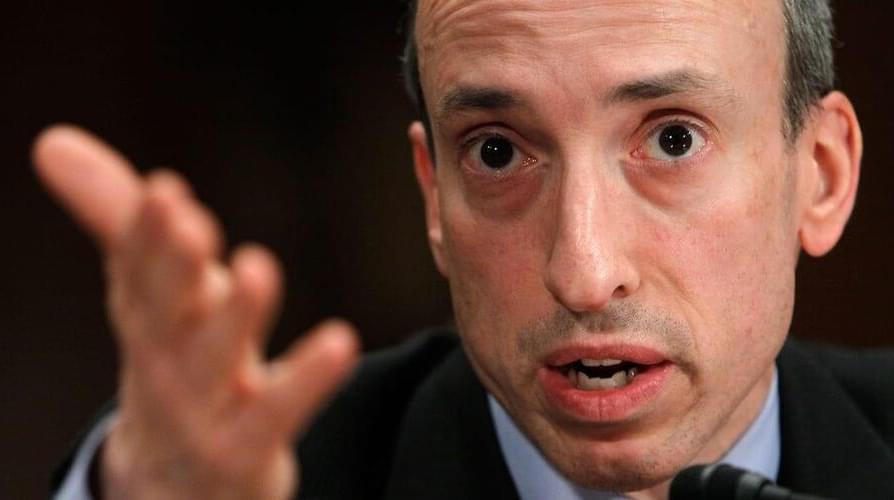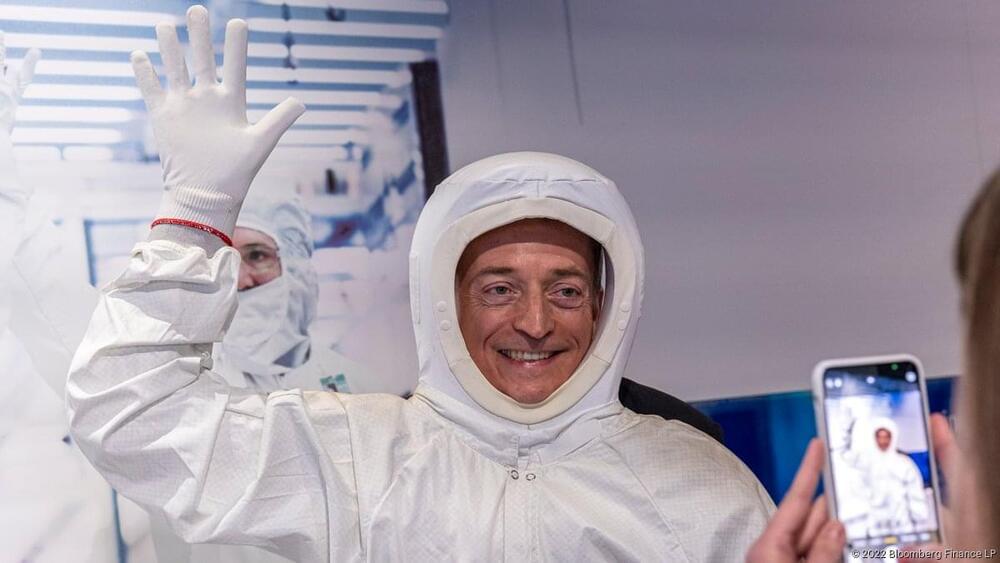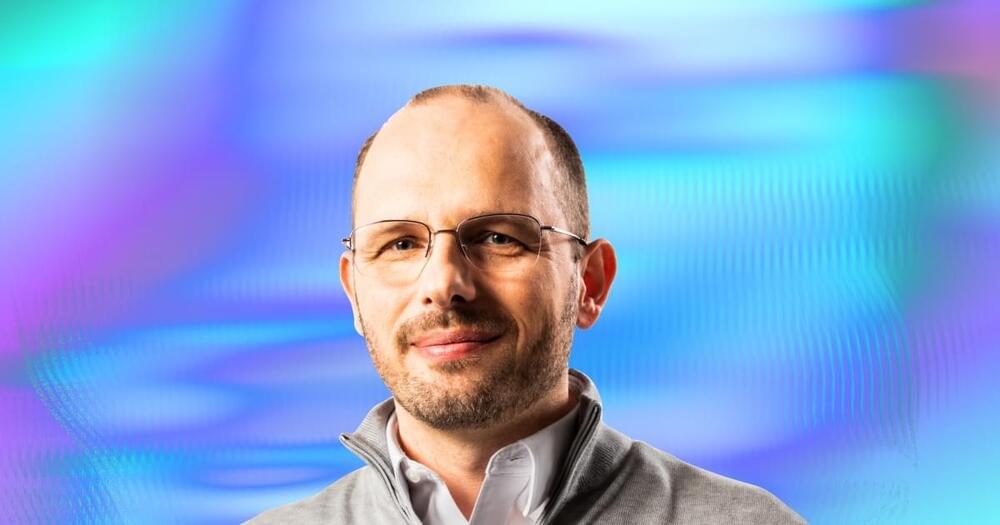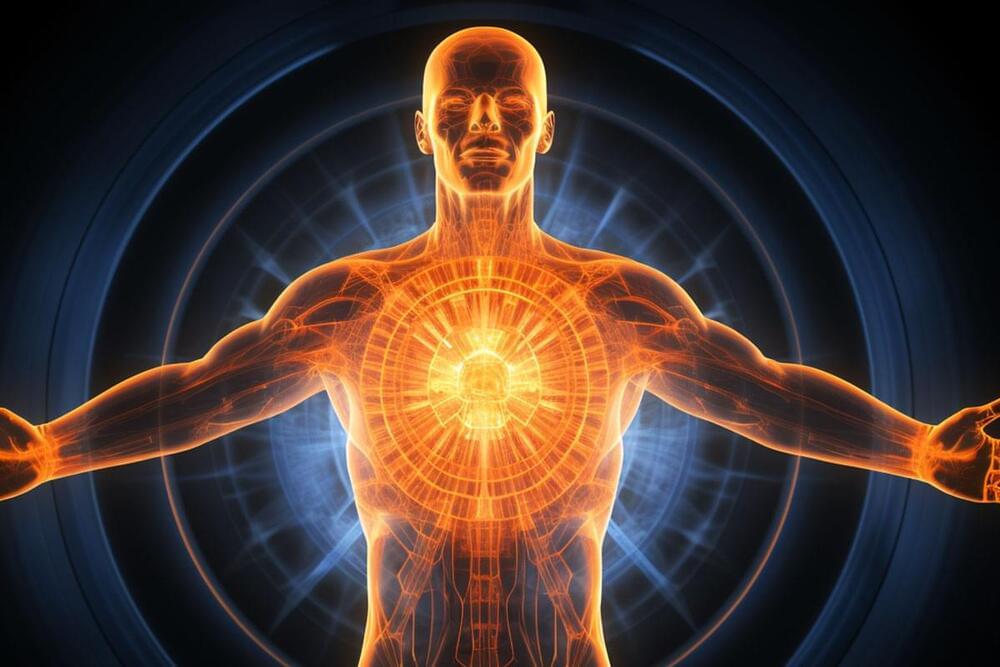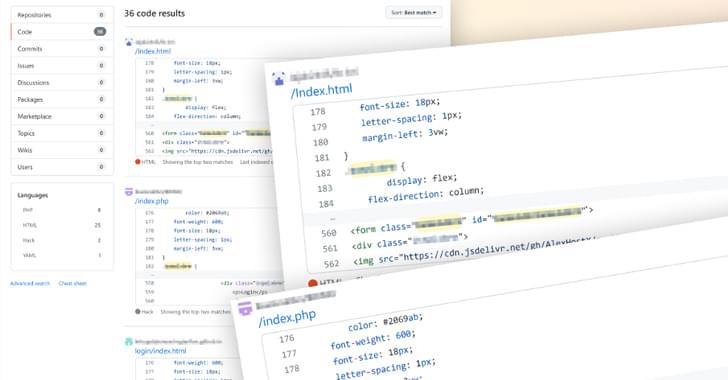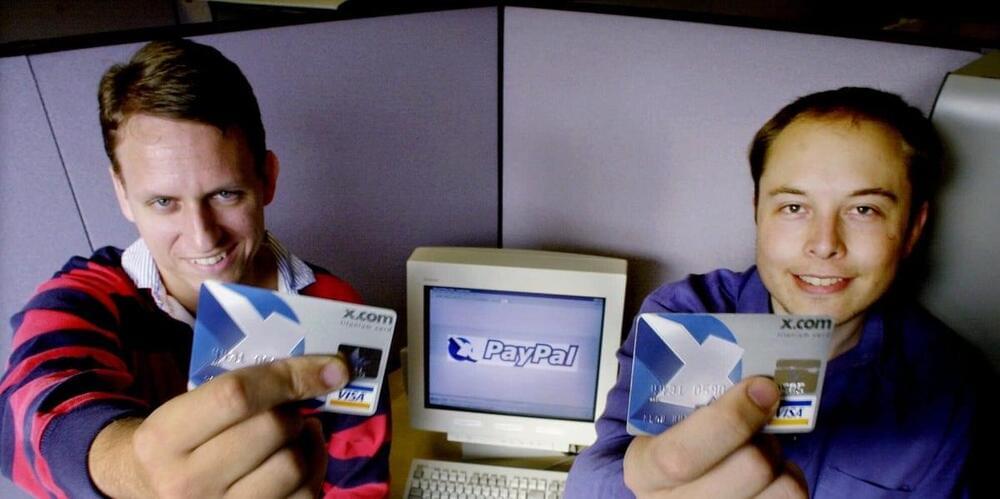When an artist – whether they are a painter, writer, photographer, poet, etc. – creates a piece of work, they automatically own the copyright to it. This means they get to choose how that work of art can be used and, of course, get paid for it. But what happens when a piece of art is created by a computer?
This is a problem that we’ve only had to deal with in the last year – since Generative AI took the world by storm. Tools like ChatGPT can write stories, songs or plays, while Stable Diffusion or DALL-E 2 can produce images of anything we can describe to them.
But should the credit (and royalties) go to the person who used the tool to create the art or to the company that built the AI tool?… More.
Delve into the contentious debate around ownership, credit, and financial compensation for art created by AI tools, exploring artists’ rights and IP laws.

